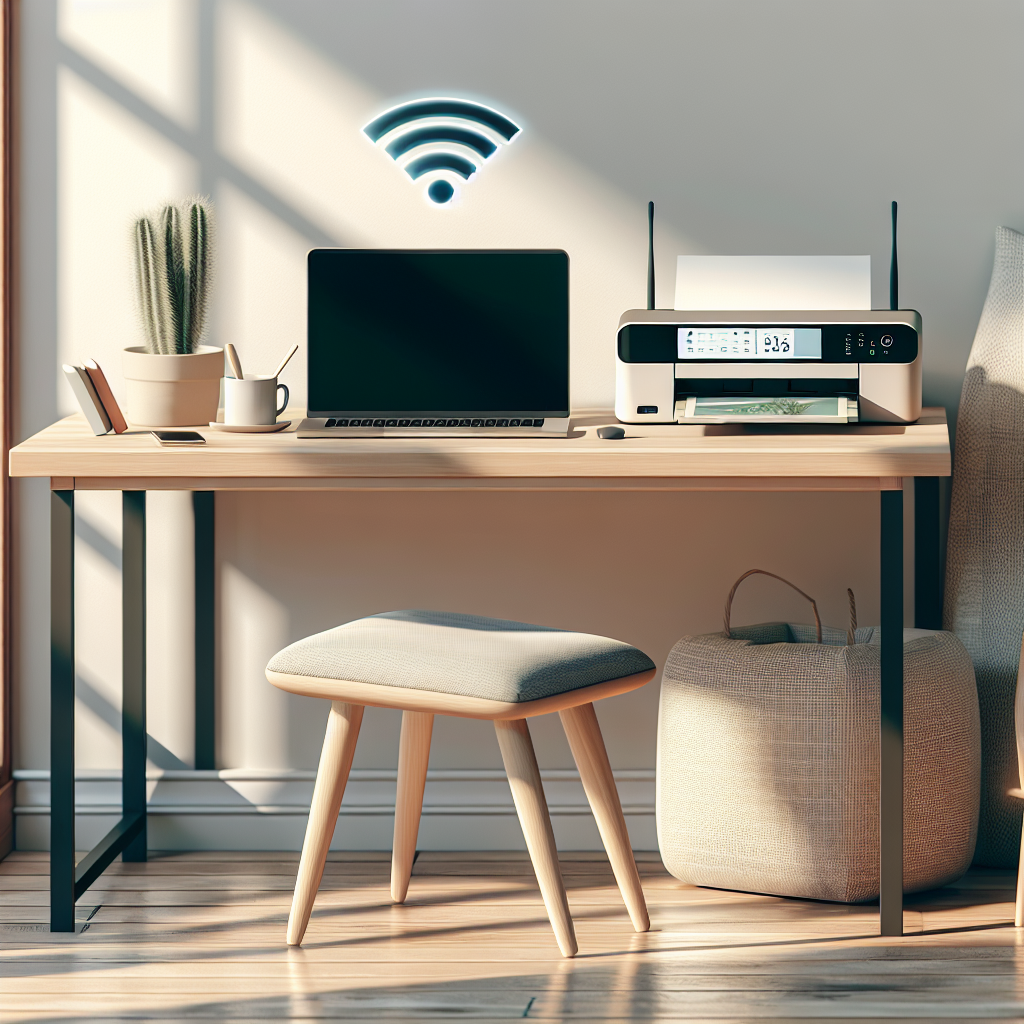Introduction
In an increasingly digital world, having the ability to print documents wirelessly is a significant convenience. One common question that arises is whether one can connect a printer directly to a router for wireless printing. The answer is, yes, it is possible. This article will guide you through the steps required to achieve this, as well as provide useful tips for troubleshooting any problems that may arise.
Basic Requirements
Before diving into the setup process, it is crucial to ensure you have everything you need. Here is a list of the essential requirements:
- Printer: A wireless-enabled or Ethernet-compatible printer.
- Router: A wireless router with available Ethernet ports.
- Cables: Required cables such as Ethernet or USB if necessary.
- Software: Printer drivers and router setup software.
Basic Requirement Table
| Component | Description |
|---|---|
| Printer | Wireless or Ethernet-compatible printer |
| Router | Wireless router with available Ethernet ports |
| Cables | Necessary cables (Ethernet or USB) |
| Software | Printer drivers and router setup software |
Step-by-Step Guide
Step 1: Prepare Your Printer and Router
Ensure that your printer and router are both powered on. Place the printer close to the router to easily manage the connection process.
Step 2: Connect the Printer to the Router
- Via Ethernet: If your printer supports Ethernet, simply connect one end of the Ethernet cable to the printer and the other end to an available port on the router.
- Via Wi-Fi: If your printer supports Wi-Fi, navigate to the network settings on your printer’s control panel, and select the wireless network you wish to connect to. Enter the network password when prompted.
Step 3: Install Printer Drivers
Using your computer, download and install the necessary printer drivers from the manufacturer’s website. Make sure to choose the correct driver based on your operating system.
Step 4: Configure Printer Settings
Once the drivers are installed, open the printer settings and configure them according to your preferences. This may include setting the default paper size, print quality, and paper type.
Step 5: Print a Test Page
To ensure the setup is successful, print a test page from your computer. This will confirm that the printer is correctly connected to the wireless network.
Troubleshooting Tips
Common Issues
Even with the right setup, you might encounter issues. Here are some common problems and their solutions:
- Printer Not Detected: Ensure the printer and router are on the same network, and verify that the printer is powered on.
- Slow Printing Speed: Check the network signal strength and move the printer closer to the router if necessary.
- Connection Drops: Update the printer firmware and router firmware to the latest versions.
Advanced Troubleshooting
If you continue to experience problems, consider restarting both the printer and router. Additionally, consulting the user manual for both devices might provide specific troubleshooting steps.
Benefits of Wireless Printing
Wireless printing offers multiple advantages, including:
- Convenience: Print from any device connected to the network without needing physical cables.
- Flexibility: Place your printer anywhere within the range of your Wi-Fi network.
- Shared Access: Multiple users can print to the same printer over the network.
Conclusion
Connecting your printer directly to your router for wireless printing is a straightforward process if you follow the steps outlined in this article. By ensuring you have the basic requirements, properly connecting the devices, and addressing common issues, you can enjoy the convenience and flexibility of wireless printing.

